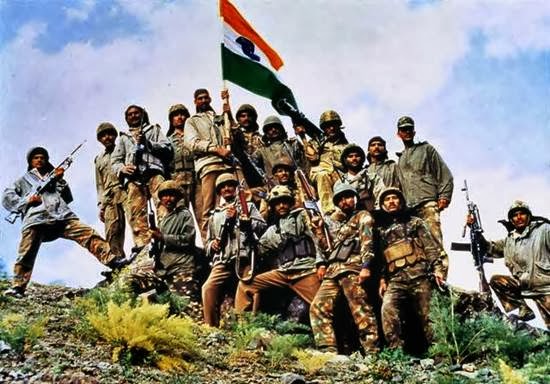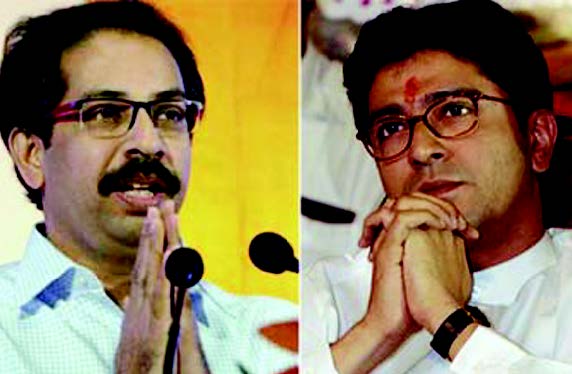
It took over two months for the Indian forces to push back the intruders and reclaim the posts under an operation code named Op Vijay. India lost 527 officers and soldiers in the operation and hundreds of others were injured. Pakistan never officially admitted that its soldiers were involved, despite the fact that official documents recovered from bodies had confirmed that they were regular soldiers of Pakistan Army in civilian clothes.
On the eve of the 16th anniversary of the battle, its chief strategist and former Pakistan President Parvez Musharraf, who was then his country’s army chief, has raked up a controversy and has openly admitted the role of Pakistan armed forces.
Addressing a convention of the youth wing of his party, the All Pakistan Muslim League (APML) earlier this week, Musharraf said that the Pakistani armed forces had caught their Indian counterparts by surprise in Kargil. He claimed that the Pakistani armed forces had won the Kargil battle in 1999 but the then Nawaz Sharif-led government had converted the success into a political defeat.
“I don’t think India would ever be able to forget the three-month-long battle (Kargil war) when our gallant armed forces caught them by the throat,” Musharraf said.
Musharraf, 71, who is facing several court cases and is presently based in Karachi, said the Pakistan Army along with the second-line force had entered Kargil district of Kashmir Valley and seized strategic positions at five locations, four of which were not even known to the Indian forces.
“I can say it was our greatest military victory over India as they couldn’t even claim back half of one strategic location in one area but regrettably our politicians wasted this opportunity,” he said according to agency reports.
Musharraf, who later seized power in Pakistan after overthrowing Sharif government in a bloodless coup, had been working on the plan to infiltrate in to Kargil even as the then Indian Prime Minister Atal Behari Vajpayee had visited Pakistan on a bus through the Wagah border at the invitation of Sharif. As it turned out later, even Sharif had no inkling of the plan being hatched by his Army chief.
Ironically, even as Vajpayee was visiting Pakistan on a goodwill tour in February 1999, the Operation Kargil had already been put in force by Musharraf. About 200 Pakistan soldiers disguised as mujahideen had moved in to hold some of the posts vacated by Indian soldiers before the onset of winters in late 1998. The vacation of such posts during winters was a yearly exercise which was also very well known to the Pakistan Army. This time, however, they occupied the posts and Indians got a whiff of it only after the winters somewhere in May 1999 when some cattle grazers informed the authorities about the occupation of the posts.
The most important factor behind the daring act by Musharraf and his men was the fact that Pakistan had developed a nuclear deterrent and was confident that India would dare not attack it or wage a full fledged war fearing a nuclear attack from Pakistan. If ever such an eventuality was to take place, Pakistan could have inflicted huge losses on India, particularly at its strategic and vulnerable locations, though in the bargain, India had the reserves to wipe out Pakistan from the face of the earth.
Musharraf was, however, confident that other world powers would intervene before India could flex its nuclear muscles. That actually happened and even as India made veiled references, besides mounting a major operation including strafing by the Air Force, backdoor diplomacy ensured that such an eventuality did not take place. India claimed a comprehensive victory while Pakistan claimed that the Mujahideen had themselves withdrawn from some of the posts.
The question now if whether such a battle can take place again given the fact that nuclear deterrent is very much in place and so is the hostility off and on displayed by Pakistan armed forces and militants sponsored by it.
Despite the meetings between Indian Prime Minister Narendera Modi and his Pakistan counterpart, the two sides have been blowing hot and cold over the past year. In fact merely a couple of days after their last meeting in Ufa in Russia, the two sides exchanged firing along the international border and skirmishes were reported from several points along the Line of Control. The situation cooled off so quickly after the Ufa meeting that Pakistan Rangers did not even accept the traditional mithai offered by the Border Security Force personnel on the occasion of Eid.
Senior Army officers, and those who are in the know of things, do not rule out skirmishes along the border but tend to rule out any largescale battle between the two nations. Kargil has taught a major lesson to India and it no longer allows its posts to be vacated during the winters. There has been a significant upgrade in the vigilance and surveillance equipment and strength along the border, particularly at vulnerable posts. They also hold the opinion that India is better prepared to ward off any such attempt and Pakistan can no longer expect to spring a surprise. Besides the nuclear deterrence, the two countries can ill afford to go in for a prolonged war with other nations, particularly the US, keeping a close watch so that the situation does not get out of control in the sensitive region despite provocations such as the latest one by Musharraf’s statement.





Be the first to comment